Back in 2016, AT thru-hiker Cosmo speculated on what the Appalachian Trail might look like by the time 2025 rolled around. Nearly a decade later, it’s time to look back at those predictions. Some hit the nail right on the head, others proved a bit more nuanced, and all of them offer a fascinating glimpse into what 2016 looked like on the trail.
1. Foot Traffic
2016 Prediction: A Busier and More Crowded Trail
Cosmo expected a significant surge in the number of people on the Appalachian Trail by 2025. Starting with an NPS study from 2007 that estimated nearly 2 million annual “trail visitors” (including day hikers, section hikers, and thru-hikers), Cosmo factored in a 45% increase in long-distance hikers observed since 2007 and projected a present-day visitor population of over 2.8 million.
Then, compounding this calculation with another 45% increase over the subsequent nine years, the article predicted that by 2025, the total number of annual users on the AT would swell to over 4 million. This would translate to an average of about 1,951 people per mile, or roughly one person every 2.7 feet, a staggering image of overcrowding.
2025 Reality: Yep, the AT Is More Crowded
It’s clear that Cosmo’s prediction about a substantial increase in overall trail use and the perception of crowding has largely proven accurate, though perhaps not precisely to the projected numerical extremes.
The Appalachian Trail Conservancy currently states that more than 3 million people visit the AT each year. This figure falls short of Cosmo’s exact projection of over 4 million, but it represents a significant increase from the 2007 baseline. The core idea that the trail would see a substantial rise in popularity was undeniably correct.
Furthermore, the experience of crowding is a pervasive reality for hikers today. While a continuous line of “one person every 2.7 feet” might be an exaggerated thought experiment, the sheer volume of people at popular access points and shelters, especially in the midst of the northbound bubble from Georgia, is widely discussed in the trail community.
Depending on the season and location, it can be hard to find solitude on the AT.
The accessibility of the AT, with hundreds of access points near millions of Americans, makes it a natural magnet for shorter excursions, and this segment of users likely accounts for a large portion of the overall visitor numbers.
So, while the 4-million-plus figure for all visitors might not have been precisely met, the spirit of the prediction — that the AT would host a much larger and noticeably more populous community by 2025 — has certainly come true.
2. Smartphone Use
2016 Prediction: Predicting FarOut – Before FarOut
In 2016, Cosmo foresaw a future where online connectivity would fundamentally alter the Appalachian Trail experience by 2025. FarOut, then called Guthook, had only been out for a few years by that time and was still a novelty on trail. But he noted how the conversation had already shifted from earlier debates about even carrying a cell phone to a 2016 where social media and online trail data were already common.
Looking ahead, Cosmo predicted that social sharing would continue to deeply connect people to the AT, further fueling its popularity as an icon for both “coming of age” and “bucket list” aspirations.
The prediction emphasized technological advancements: devices would be more efficient and batteries would boast greater capacity, eliminating the need for airplane mode and enabling real-time sharing. This meant hikers would have immediate knowledge of conditions, such as whether an upcoming water source was flowing.
2025 Reality: Are We All Obsessed With Our Phones? (Yes)
Cosmo’s prediction has proven remarkably accurate, and is essentially a direct hit on the current reality of 2025.
The proliferation of smartphones is undeniable. The 2024 hiker surveys confirmed that nearly every hiker carries a smartphone, and the vast majority (98%) carry power banks with sufficient capacity to keep their devices charged for several days, negating the need for constant Airplane Mode.
Hikers indeed use apps like FarOut to get live updates on water sources, shelter conditions, and even trail closures or hazards from fellow hikers. The mystery of whether a specific water source is flowing or if a shelter is occupied is often dispelled by a quick check on a device. The collective body of vlogs, reels, and photos available online offers an even more comprehensive visual, far exceeding what Cosmo might have imagined.
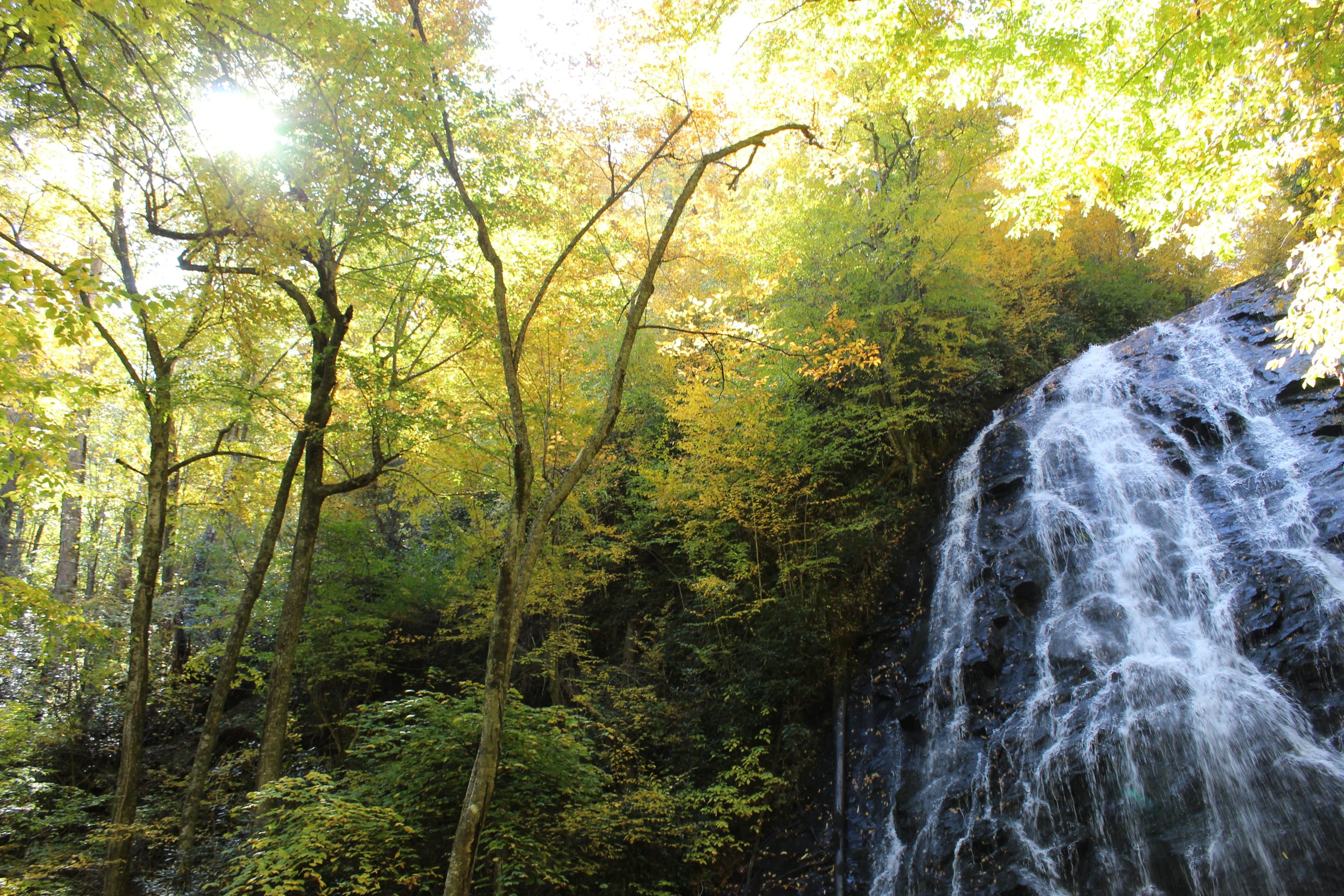
Nowadays, you see lots of people trying to blog, photograph, or share the trail in some way online with people back home.
Cosmo’s apprehension about the “loss of mystery” is a sentiment frequently echoed by hikers today. The ability to know exactly what’s over the next hill, who’s at the next shelter, or what challenges await can indeed diminish the spontaneity that characterized earlier eras of thru-hiking.
However, while some mystery is certainly gone, the dynamic nature of the weather, personal physical limits, and social life on the trail, among other elements, ensures that hiking is still far from predictable.
3. Technology and Hiker Services
2016 Prediction: Smart Fabrics, Self-Driving Shuttles, More Developed Hiker Services
Cosmo’s belief was that gear would just keep getting lighter — every hiker’s wish! More ambitiously, Cosmo envisioned “smart fabric” that could react to environmental factors like sunlight and body heat, potentially even storing and releasing energy. And, the Holy Grail: “Breathable, waterproof raingear” that truly lived up to its name.
Looking beyond backpacking-specific technologies, Cosmo also speculated about the convenience of autonomous cars for drop-offs and pick-ups, making section hiking a breeze. Finally, a significant point was his idea that, as hiker numbers continued to swell, support services along the trail would expand, turning hiker support into an even larger sector of rural economies.
Cosmo took the controversial stance that an increase of trail magic would worsen the thru-hiking experience. He also foresaw a shift in accommodations where single-owner hostels might gradually give way to more professionally run establishments. The surging number of hikers, he suggested, could simply overwhelm small operators, leading them to sell.
This transition would also be fueled by a rising demand from “Bucket-List Boomers” — a demographic accustomed to higher service levels and willing to pay for them, thus driving up expectations for comfort and amenities.
2025 Reality: Are Things All That Different Today?
On the gear front, the desire for lighter equipment remains a driving force in the industry — that much was a definite hit. Each year brings new materials and designs that shave ounces, from lighter tents to more streamlined sleep systems. However, the truly “smart fabric” that reacts to body heat or stores energy, or magically rinses away grime, hasn’t quite revolutionized the trail yet.
While fabrics are indeed more advanced, offering better moisture-wicking and quick-drying properties, the vision of clothing as an active energy-managing system is still largely in the realm of development rather than widespread use. And that elusive dream of truly breathable, waterproof rain gear? I don’t know about you, but I haven’t found it yet.
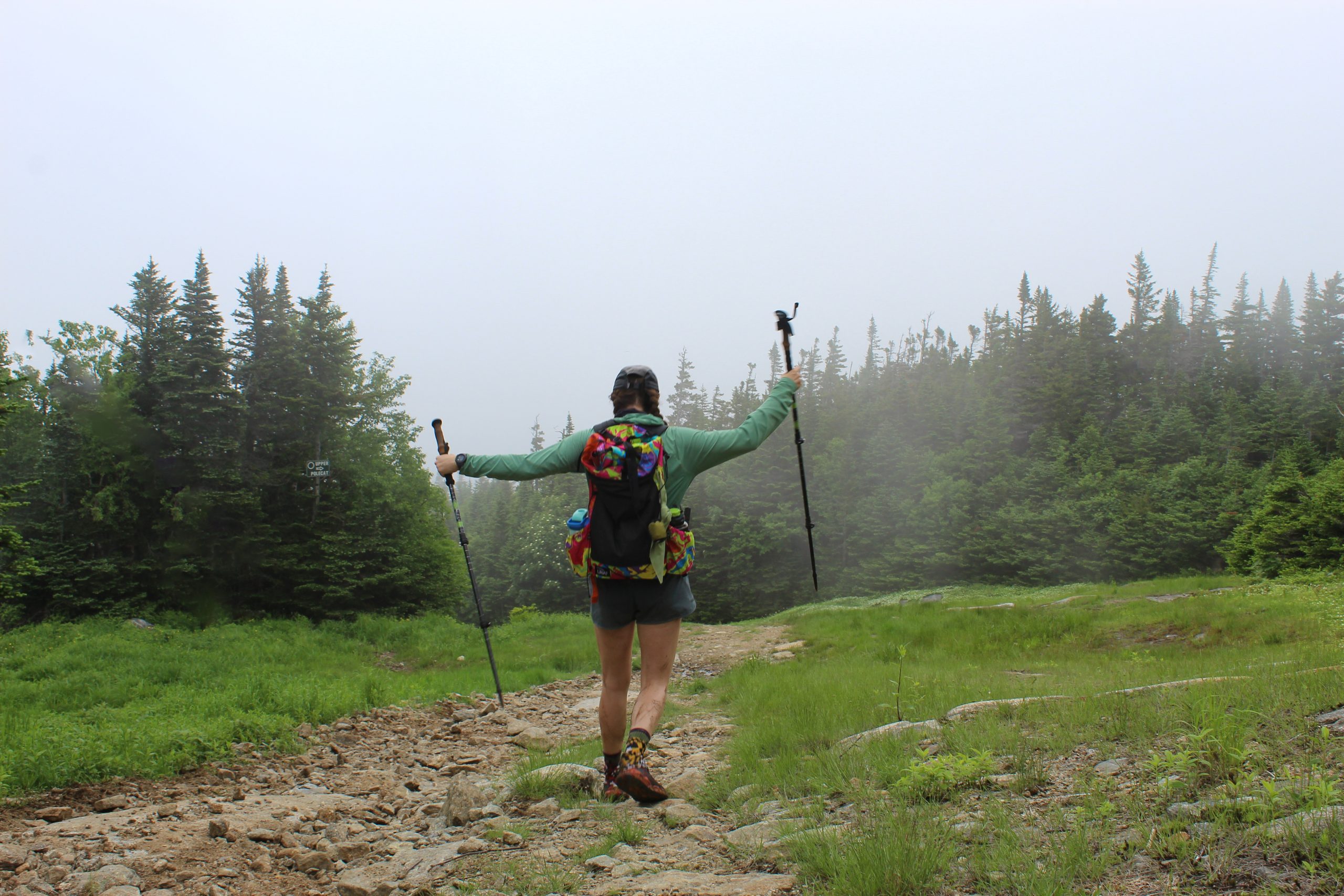
Packs have gotten noticeably smaller and lighter, even if the perfect rain gear hasn’t yet been invented.
However, Cosmo’s larger point about the expansion of off-trail services and their economic impact has been highly accurate. As hiker numbers have steadily grown, so too have the businesses and communities catering to them.
Trail towns recognize the significant economic contributions of hikers, leading to more hiker-friendly establishments, specialized gear shops, and dedicated services like enhanced hostels and resupply options.
What About the Trail Magic?
The idea that organized trail magic has become an expected feature is, sadly, a sentiment widely shared by many long-time hikers and even the Appalachian Trail Conservancy. While the spirit of generosity is still deeply appreciated, the surprise of stumbling upon an unexpected treat has, in many places, been replaced by an anticipation for large, often advertised, “hiker feeds.”
This shift, as Cosmo predicted, raises questions within the community about sustainable trail magic – how to give back without fostering a sense of entitlement or impacting the trail’s wild character.
4. Physical Changes to the Trail
2016 Prediction: Climate Change, Increased Use Degrade the Trail
Cosmo’s prediction regarding the environment was stark: higher average temperatures and more rainy days, coupled with intensified, variable weather events like longer heatwaves, cold snaps, and more frequent, severe storms. This volatility, Cosmo assumed, would lead to noticeable increases in treadway erosion and a greater number of downed trees.
Beyond the weather, the natural world itself was expected to shift, with devastating impacts from forest pests like the emerald ash borer and hemlock woolly adelgid, leading to tree loss and allowing invasive species like kudzu and knotweed to spread. An unsettling thought was the increase in insects potentially carrying new diseases, posing a risk to hikers and even to the volunteers vital to the trail’s upkeep.
On the physical side, Cosmo believed that increased use and extreme weather would lead to more “hardening” of the trail. We’d see more rock steps on steep slopes, more switchbacks where possible, and an increase in bog bridges and boardwalks in wet areas, making the infrastructure less primitive.
The article predicted more designated campsites becoming a necessity, as dispersed camping would become unsustainable in more locations.
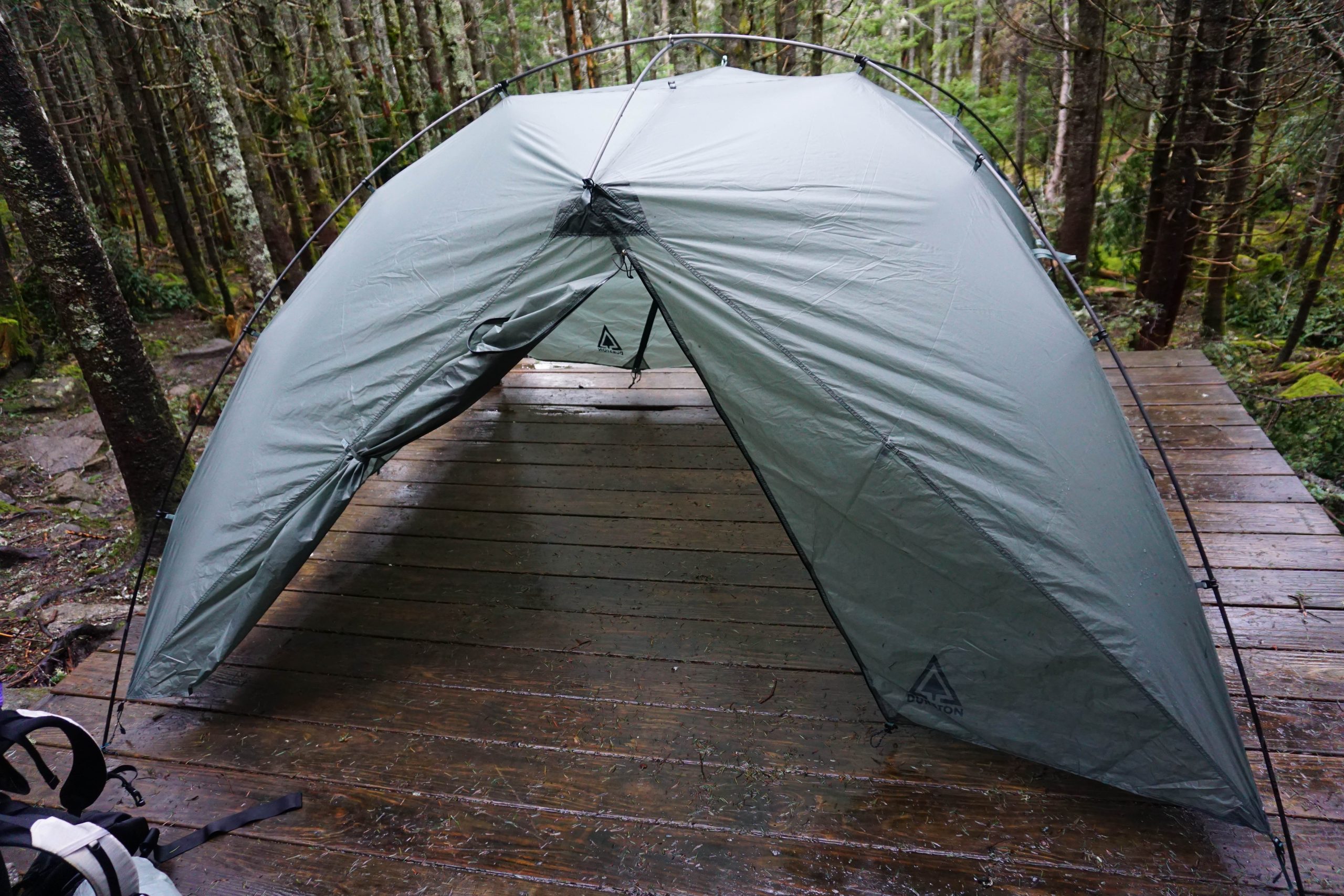
Some popular areas offer raised tentsites to help mitigate the damaged caused by dispersed camping.
2025 Reality: The Environment and Trail Today
When we step onto the AT in 2025, Cosmo’s environmental predictions are, sadly, largely accurate. Hikers consistently experience the effects of a changing climate — those higher temperatures are real, and the rain can indeed come in those intense, short bursts that turn trails into temporary streambeds. We frequently see the increased erosion he described, along with more significant blowdowns after powerful localized windstorms.
The forest ecosystems are visibly impacted; the toll taken by pests like the emerald ash borer and hemlock woolly adelgid is heartbreakingly evident, with many iconic trees lost or weakened. This loss of canopy has, in turn, opened doors for invasive plants to continue their relentless march, just as predicted.
And the concern about insects? It’s very much alive. Tick-borne diseases remain a serious issue, and the awareness of potential health risks from various bites is higher than ever.
As for the physical trail itself, Cosmo’s foresight on “hardening” was also right on the money. Sections of the AT do indeed feel more robust, with rock steps and extensive boardwalks designed to protect the fragile environment and manage foot traffic. The need for more designated campsites is also very real, as unregulated camping can quickly degrade popular areas.
5. Conservation and Land Management Strategies
2016 Prediction: Appalachian Trail Preservation
Cosmo envisioned that some land managing agencies, grappling with concentrated visitor use, might set quotas or require hikers to register for permits or reserve campsites, possibly with fees to cover costs. He also predicted an increase in ridgerunners and more frequent conversations about minimizing impact, stemming from a rise in hikers who might not know or care about Leave No Trace principles.
2025 Reality: Managing Impact and Maintaining the Magic
In terms of trail preservation and management, Cosmo’s predictions have seen significant movement. While a unified, AT-wide permit system still isn’t in place, various managing agencies have indeed implemented regional strategies, such as mandatory permits for starting sections or reserving campsites in high-traffic zones. This reflects a growing need to balance access with resource protection, often accompanied by increased fees to support these efforts and the omnipresence of ridgerunners.
Conversations about minimizing impact are more important than ever, particularly as more people discover the trail. It’s an ongoing educational effort to ensure that the AT’s beauty isn’t loved to death by those who may not grasp the long-term consequences of their actions.
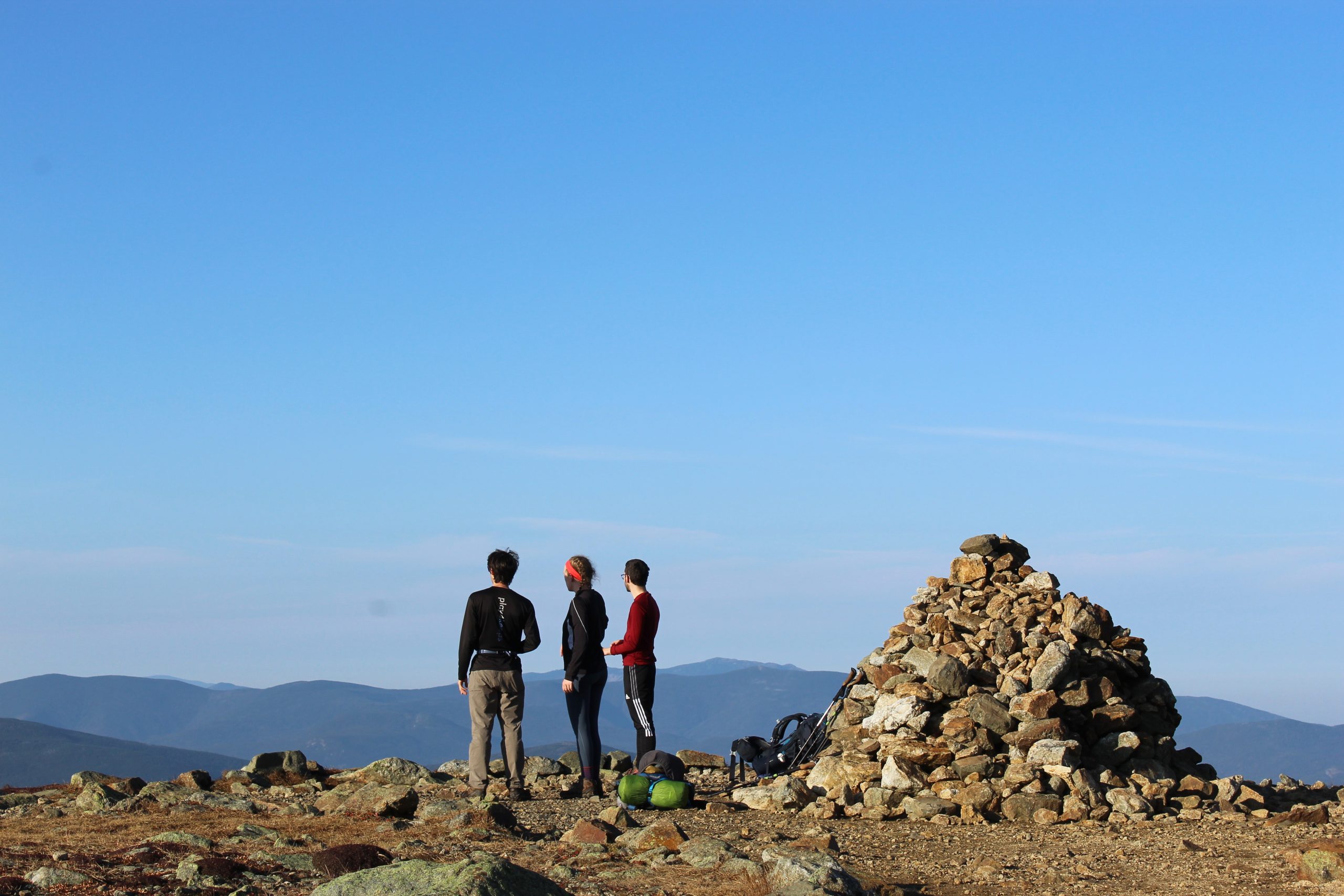
Alpine tundra in New Hampshire recovers extremely slowly, taking decades to centuries to regrow once damaged, due to its harsh environment, short growing season, and the fragile nature of its plant life and soil.
6. Thru-Hiker Demographics
2016 Prediction: An Ongoing Lack of Diversity
Perhaps Cosmo’s most poignant and challenging prediction concerned diversity on the AT. Despite the dedicated efforts of the ATC and other organizations, he regrettably predicted that AT long-distance hikers would still be mostly white and mostly well-off.
Cosmo expressed concern that only a few people of color would aspire to break through these cultural barriers, and those who did would face the additional burden of feeling they had to “represent” within the AT community — a weight, he noted, that he couldn’t imagine carrying for thousands of miles.
He hoped, however, that the broader hiking population would become younger and more reflective of the country’s racial and cultural mixture, and wished to see more families regularly enjoying the trail.
2025 Reality: The Persistent Challenge of Representation
Cosmo’s prediction about diversity among AT hikers has, unfortunately, proven to be one of the most stubborn realities in 2025. While organizations like the ATC and numerous community groups have significantly amplified their efforts to promote diversity, equity, and inclusion, and we are seeing a broader range of people engaging with the outdoors, the demographic makeup of AT thru-hikers still heavily skews toward white individuals.
This indicates that while there’s growing awareness and targeted outreach, the systemic and cultural barriers Cosmo spoke of are deep-seated and require sustained, long-term commitment to overcome.
7. The Spirit of the Endeavor
2016 Prediction: Thru-Hiking in 2025 Will Still Take Guts
Cosmo’s final core prediction about the nature of the hike itself was beautifully simple: despite all the external changes—more crowds, wilder weather, constant digital connections—the essence of long-distance hiking would remain unchanged.
It would still demand immense grit, perseverance, determination, a high tolerance for discomfort, and the deep personal drive required to complete what would likely be the greatest mental challenge one would ever face. He also believed that the strong social bonds between hikers would continue to thrive and remain a fundamental reason many people undertake the journey.
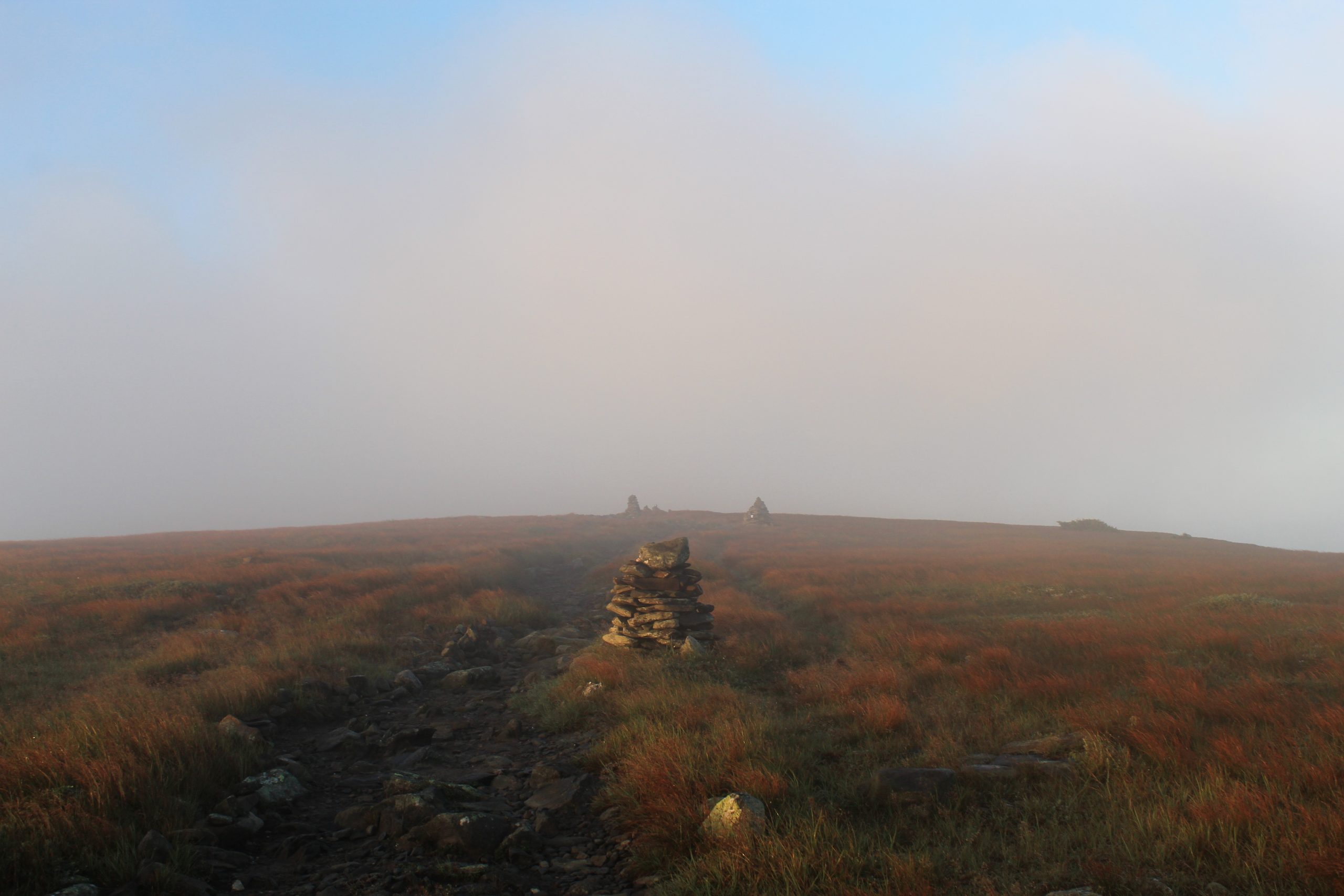
When the weather gets bad and the trail gets steep, you’re working just as hard as thru-hikers did in 2016 and beyond.
2025 Reality: It’s Always Hard, and It’s Always About the People
And here, Cosmo was correct once again. In 2025, the Appalachian Trail still demands everything you’ve got. The physical grind, the mental fortitude required to push through discomfort, the relentless day-after-day commitment—that hasn’t changed. No app can hike the miles for you, and no social media post can capture the true depth of exhaustion or the sheer joy of overcoming a personal limit.
Moreover, the sense of community on the AT is as vibrant and essential as ever. The bonds formed with fellow hikers, the shared experiences of triumph and struggle, are undeniably still a huge part of what draws people to this path and what makes it such a life-altering adventure.
In Conclusion
If you haven’t read Cosmo’s predictions in full, I would recommend doing so. While the precise figures and the full integration of advanced technologies like autonomous shuttles might still be on the horizon, the trajectory he identified for the AT was fundamentally correct.
His most important prediction, however, lies in the unchanging essence of the thru-hike: despite all the external transformations, the journey still demands immense personal grit.
Here’s to the next decade — what do you expect from the trail in 2035?
Featured image: Photo courtesy of Katie Jackson; Graphic design by Mackenzie Fischer.




